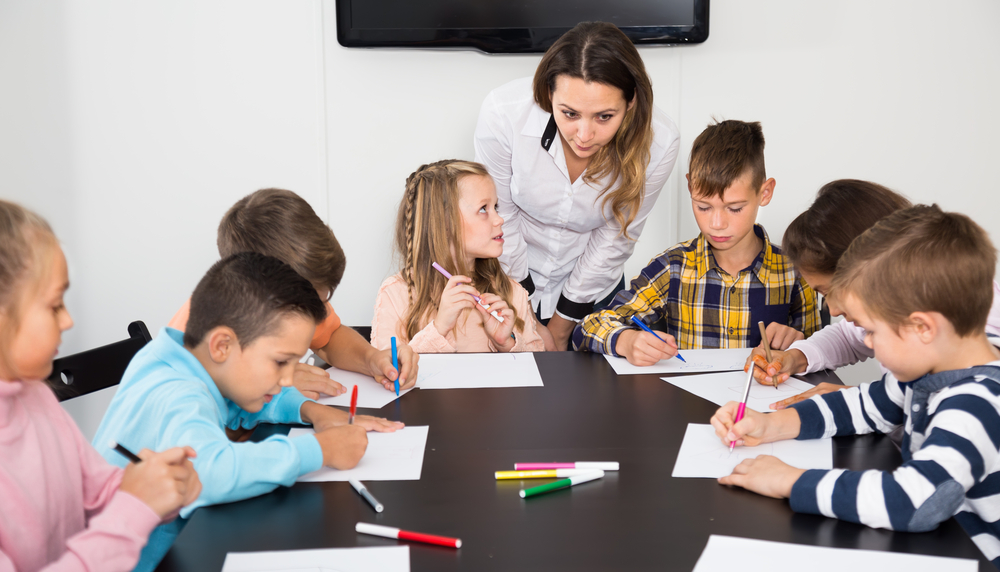Aids and Adaptations for Children With Sanfilippo Syndrome

Because of Sanfilippo syndrome‘s progressive behavioral and intellectual disabilities, it’s likely your child will need aids and adaptations to help with everyday life. The following information may be useful as you consider those options.
About Sanfilippo syndrome
Sanfilippo syndrome typically progresses in three stages, beginning with developmental delays, particularly in language. In the second stage, children exhibit behavioral and sleep abnormalities and a decline in thinking abilities. In the third stage, patients may lose mobility as motor skills deteriorate and neurologic problems appear, including seizures and difficulties with feeding.
Possible aids for your child
Children with Sanfilippo syndrome often have poor coordination and a “clumsy” walk. They may have skeletal abnormalities and stiff joints that do not extend fully. In advanced stages, distal spasticity of the lower limbs may further impede walking.
If a deformity develops at an ankle joint, making walking difficult, special braces may help. Some children may need a wheelchair for part of the day while working on maintaining strength, and some may need more constant aid. A physiotherapist can prescribe these aids and adaptations for your child, and help with their use.
Your child also may need hearing aids to help compensate for hearing loss in Sanfilippo.
In addition, seizure-like activity or sleep apnea can lead to sleep problems. If upper airway obstructions are causing these, treatment options may include airway pressure release ventilation.
School aids
Your child’s physical abilities will depend on the stage of the disease. Some children may start the school year walking unaided, but may need accommodation by the term’s end.
Some children with Sanfilippo syndrome are non-verbal, so they may need augmentative communication devices at school. Many patients do well using assisted technology devices, such as an iPad, for communication. Teachers may have to alter their teaching plans to include these devices and counsel other students in the class about how to communicate with a non-verbal classmate.
If you have an individualized education plan for your child, the school district is required by law to provide specialized instruction and related services, such as assistive technology or adaptive physical education.
Adapting the home environment
Creating a safe home environment can have a positive effect on behavioral problems for Sanfilippo syndrome patients. Examples of practical changes include putting breakable objects out of reach, adding safety gates to stairs, and securing doors to decrease the risk of the child wandering outside alone.
For sleeping problems, you may want to remove unnecessary furniture or objects from your child’s bedroom, install a video camera or webcam in their bedroom, or share a room with him or her.
Providing your child with a biting ring also can help reduce the frequency of biting or placing objects or clothing in their mouth.
Last updated: Sept. 1, 2020
***
Sanfilippo Syndrome News is strictly a news and information website about the disease. It does not provide medical advice, diagnosis, or treatment. This content is not intended to be a substitute for professional medical advice, diagnosis, or treatment. Always seek the advice of your physician or other qualified health provider with any questions you may have regarding a medical condition. Never disregard professional medical advice or delay in seeking it because of something you have read on this website.






